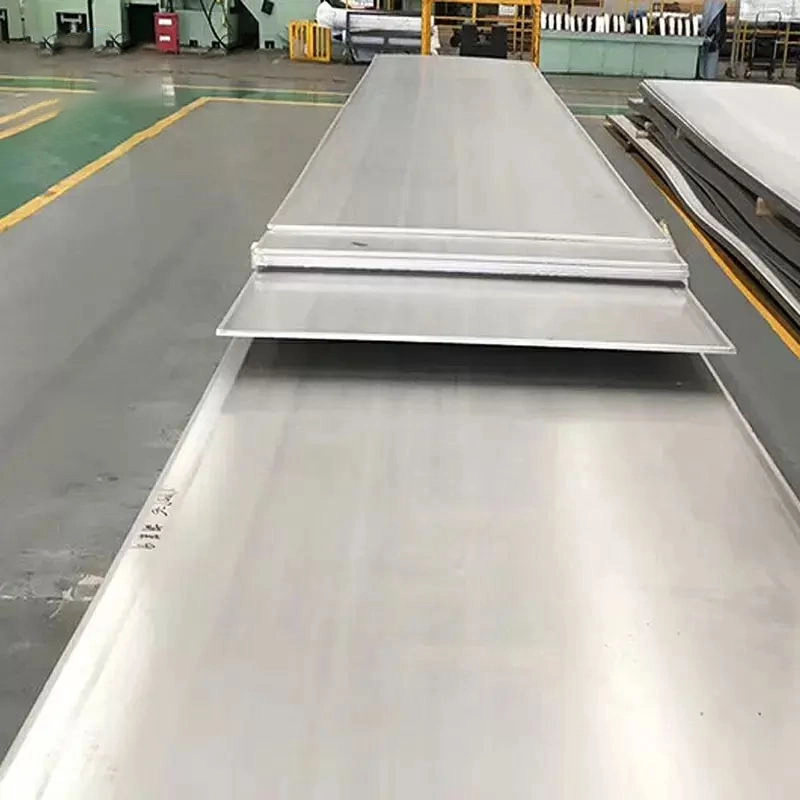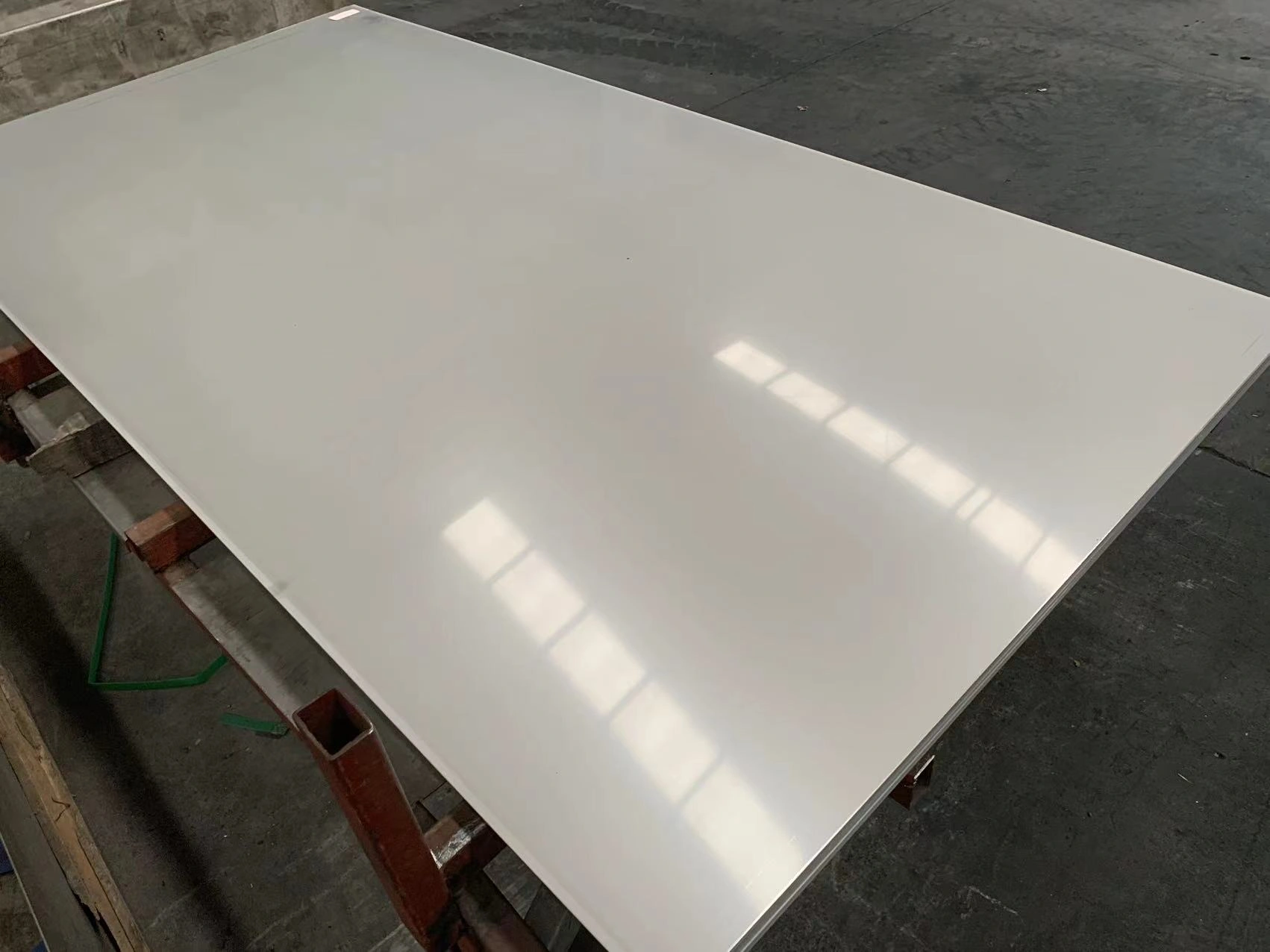
Understanding Stainless Steel Plate and Its Applications
What’s a Stainless Steel Plate Anyway?
A stainless steel plate is this super tough, flat chunk of metal made mostly from iron and at least 10.5% chromium. They toss in cool stuff like nickel or molybdenum to make it crazy strong, rust-proof, and able to handle hot temps. Unlike thin sheets, these plates are thicker than 6mm, so they’re perfect for big, heavy-duty jobs.
They make ‘em by squashing metal with hot or cold rollers, then cleaning off any gross bits with special tricks. These plates don’t react with stuff, so they’re awesome for factories, kitchens, or anywhere you need something solid.
Where You’ll Spot Stainless Steel Plates
These plates are, like, all over the place! In construction, they hold up buildings, bridges, or fancy wall designs. Chemical plants use ‘em for tanks or gear that swaps heat ‘cause they don’t rust in nasty stuff.
In food spots, you’ll see ‘em as countertops or sinks ‘cause they’re super clean and don’t mess with food. Boats and ships dig ‘em too—they laugh off salty water. Plus, they’re in trains, wind turbines, and even hospital tools. So versatile!
Why Stainless Steel Plates Are Totally Awesome
Here’s why these plates rock:
- No Rust Vibes: Chromium makes a shield that stops rust cold.
- Tough as Nails: They can take a hit without breaking.
- Super Clean: Easy to wipe down, great for food prep.
- Looks Dope: Different finishes fit any style, fancy or not.
- Recycle City: You can recycle ‘em 100% and they stay awesome.
They save you cash ‘cause they last forever and don’t need fixing all the time.
Stuff to Think About When Picking a Stainless Steel Plate
Your Project and Where It’s Going
Before snagging a stainless steel plate, think about where it’ll live. Is it gonna get wet, salty, or hit with chemicals? Like, indoor wall art doesn’t need to be as tough as stuff on a beachside oil rig.
You also gotta know how much weight it’s gotta hold. Big projects like bridges need plates that can handle shakes or heavy stuff.
How Strong and Cool It Is
Different plates have different superpowers, like how strong or stretchy they are. For heavy machines or high-pressure gear, pick grades like 310 or duplex that are extra tough.
Austenitic ones, like 304 or 316, are bendy and strong even in freezing cold. Martensitic ones, like 410, are super hard but not as rust-proof—perfect for parts that need to fight wear.
Fighting Rust in Tough Spots
Rust is a big deal when picking plates. For chill indoor places, 304 does the trick. But for salty beaches or chemical plants, go for 316—it’s got molybdenum to stop weird pitting rust. Duplex plates are the champs for really rough spots ‘cause they’re strong and rust-proof.
Size Stuff: Thickness, Width, Length
Your plate’s gotta fit your project’s plan. Plates start at 6mm thick, but you might need special sizes for tricky designs. Teaming up with suppliers who cut exactly what you need saves metal. Qingdao Sunrise New Material Co., Ltd. Customization Service can hook you up with perfect sizes for your gig.
Types of Stainless Steel Plates

Austenitic Stainless Steel Plates
These are the fan favorites ‘cause they’re easy to shape and fight rust like pros. Grades like 304 and 316 are in this crew. They’re not magnetic when soft but might get a tiny bit magnetic after shaping.
You’ll see ‘em in kitchen gear, chemical tanks, pipes, or cool building designs.
Ferritic Stainless Steel Plates
Ferritic plates have tons of chromium but no nickel. They’re great at stopping rust but aren’t super bendy. Grade 430 is a popular one.
They’re used for car trim, appliance backs, or indoor decor where you wanna keep costs low.
Martensitic Stainless Steel Plates
Martensitic plates are crazy hard and strong after heating up, but they’re not the best at fighting rust. Grade 410 is used for stuff like knives or turbine parts that need to be tough.
They’re magnetic and can be tweaked to be less brittle if needed.
Duplex and Super Duplex Plates
Duplex plates mix ferritic strength with austenitic rust-fighting powers. They’re awesome for tough places like ocean rigs or chemical plants with wild heat or pressure.
Super duplex, like S32750, is even tougher—twice as strong as regular austenitic plates.
Grades of Stainless Steel Plate for Different Jobs
Top Grades: 304, 316, 310, 321
Here’s the lowdown on some big-name grades:
- 304: The go-to grade, easy to weld, solid rust protection. Think sinks or kitchen stuff.
- 316: Has molybdenum for extra rust-fighting, perfect for beaches or chemical zones.
- 310: Handles super hot temps, great for furnace bits.
- 321: Got titanium to stop rust after welding, used in airplane exhausts.
Each one’s got its own vibe depending on where it’s going and what it’s doing.
Matching Grades to Your Gig
To pick the perfect grade:
- Figure out what it’ll face, like chemicals or saltwater.
- Check how much weight it needs to hold.
- Think about how you’ll shape or weld it.
- Look at how often you’ll need to fix it.
Chat with experts or check datasheets to make sure it’s a match.
Surface Finishes and Why They’re Cool
Common Finishes (No.1, 2B, BA, Mirror)
The finish changes how a stainless steel plate looks and works:
- No.1 Finish: Rough from hot rolling, cleaned up. Used for tanks or hidden parts.
- 2B Finish: Smooth, matte vibe from cold rolling. Great for kitchen gear or equipment boxes.
- BA Finish: Shiny from special heating, super reflective. Perfect for fancy looks.
- Mirror Finish: Polished to shine like a mirror. Used for sculptures or elevators.
Pick a finish based on what your project needs—style or toughness.
Picking Finishes for Looks or Jobs
For super clean spots like food kitchens, go for smooth BA or mirror finishes. They’re easy to clean and stop germs from hiding. For hidden stuff like building supports, No.1 is tough and cheap.
For cool designs like signs or art, mirror polish makes it pop, even if it costs more to make.
Frequently Asked Questions (FAQs)
What’s the difference between a stainless steel plate and sheet?
A stainless steel plate is thicker than 6mm, super sturdy for big jobs. Sheets are thinner, bendier, and used for lighter stuff like decor or shaping.
Which stainless steel grade is best for corrosion resistance?
Grade 316 is the boss for fighting rust, especially in salty or chemical spots, thanks to its molybdenum kick over 304.
Can I weld all stainless steel plates easy-peasy?
Most, like 304 or 316, weld like a dream. But martensitic ones might need extra heat steps to keep welds strong, so check with pros.
How do I pick the right surface finish for a stainless steel plate?
Go smooth like BA or mirror for clean, pretty spots. Use rough No.1 for hidden, tough parts to save cash without losing strength.
Wanna know more about picking the perfect stainless steel plate for your project? Reach out to Qingdao Sunrise New Material Co., Ltd. for awesome, customized solutions that fit just right!






